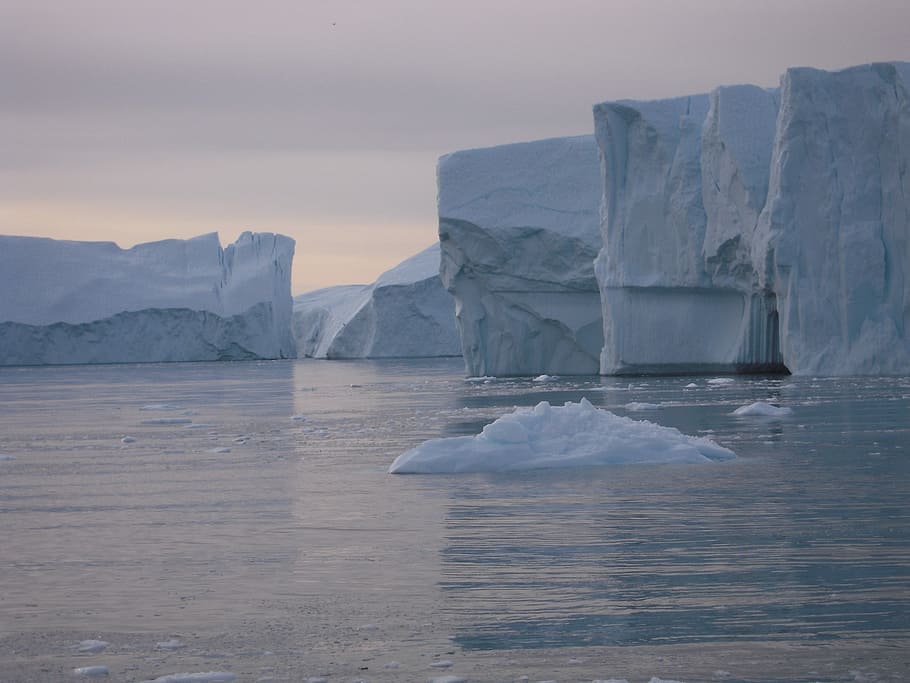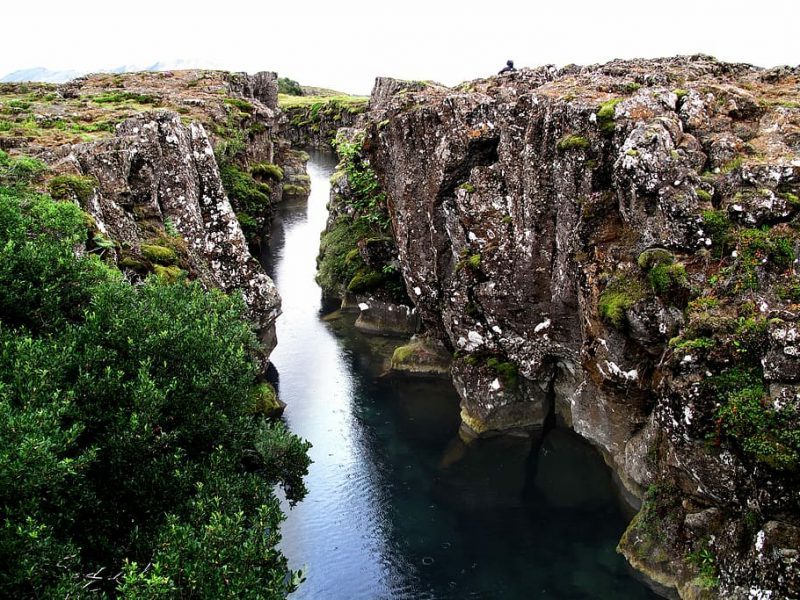The formation of the Earth’s crust and the movement of the continents was a mystery for a long time. In fact, countless explanations were put forward, which were dismissed when they appeared on the scene. Wegener and the Theory of Continental Drift.
Wegener and the Theory of Continental Drift: why an explanation was needed?
Wegener and the Theory of Continental Drift It is a really exciting topic. Let’s assume that the lithosphere is rigid. This is the outermost layer of the Earth’s crust and is divided into seven main plates. These move slowly over the underlying mantle or asthenosphere. The theory of continental drift explains how and why they were formed. And it also tries to predict their future behavior.
In the beginning there was a large land mass called Pangea. As a result of the movements of the internal layers of the Earth, it split and separated. This is how the current continents were formedat the same time that, due to collisions, subductions and internal displacements, many geographical features were formed, such as mountain chains or internal seas.



Wegener and the Theory of Continental Drift: an early theory
Alfred Wegener was a German astronomer, geophysicist, geologist and meteorologist. In the course of his investigations He noticed that the continents “fit” almost perfectly with each other. The possibility was raised that in ancient times they had formed a single continental body. And that the differences could be the result of erosion.
To verify this, Wegener traveled from one end of the Atlantic Ocean to the other, investigating its coasts. comparing its characteristics, the fossils found and its geological conformation. This is how he was able to demonstrate that, more than 2 billion years ago, the “peak” of eastern Brazil corresponded to the concavity of central Africa.
At that time there were many theories that attempted to explain continental formation. But most spoke of spontaneous emergence, a hypothesis that did not convince Wegener. He deduced that the continents must have been formed a single supercontinent called Pangea. And then it was dismembered into its current parts.

More guidelines
Glacial activity also provided truth to the theory of continental drift. Wegener verified that there was an anomaly in the permocarboniferous ice sheet. And that, if there were no continental drift that changed the position of the tectonic plates, most of the globe would have to be under a huge glacier.
Wegener and the Theory of Continental Drift. In 1912 he presented his theory to the German Geological Association. Three years later he published his book: “The Origin of the Continents and Oceans.” Although He was sure of his theory, he was not convinced by the mechanism he had proposed.. This suggested that the movement was caused by a centrifugal force, caused by the rotation of the Earth or by the effects of the Moon (as in the tides).

Wegener and the Theory of Continental Drift: Short but fruitful life
Younger son of a pastor and orphanage director, Alfred Wegener was born and educated in Berlin. He then attended the universities of Innsbruck, Heidelberg and Berlin. He specialized in astronomy and meteorology. Wishing to study polar air masses for himself, from 1906 to 1908 he participated in a Danish expedition. With them he toured the northwest coast of Greenland.
Upon his return he completed his doctorate and was appointed professor of atmospheric thermodynamics at the Marburg Institute of Physics. Over there stood out for his open approach to the most complex issues. In 1912-1913 he returned to Greenland and together with the Danish captain Johann Peter Koch they crossed the enormous frozen island, studying its glaciology and climatology.
Wegener and the Theory of Continental Drift. During the First World War he was wounded twice. Finally, he was assigned to the Army Meteorological Service. He then worked at the Hamburg maritime observatory. A chair of meteorology and geophysics was created especially for him at the University of Graz in 1924. But Greenland was already one of his great passions and he longed to return.
He led two new scientific expeditions there, in 1929 and 1930. His objective was to achieve prove that this territory had been part of Europe ever. During the last one he died, probably of cardiac arrest while going to get supplies. This happened on the same day as his 50th birthday. His body was found on May 8, 1931 buried under a meter of snow.


